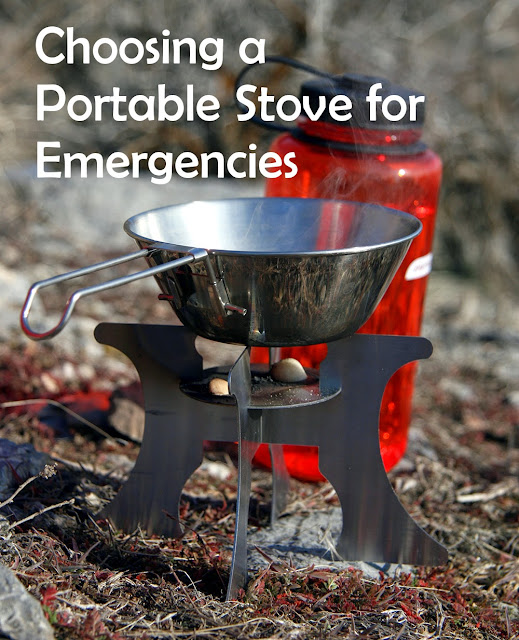Not all of us will be as unlucky as Mick Fanning, the surfer
who had a close run in with a shark on live television the other day. (Watch
the video with footage of the attack above) Like Mick Fanning learned from his
shark attack, you never know what may happen when you're in the water. A shark
attack is less likely than getting struck by lightning, this is true, but the
ocean can be dangerous and unpredictable, and by respecting it we can be safer.
Here are a few quick tips for avoiding shark attacks:
Don't Bleed, or Pee, in the Water
If you follow one thing on this list, it should be this one.
By bleeding in the water, you're telling sharks, "Dinner's ready!"
Sharks can detect very small amount of blood in the water from far away, so
even a small scratch can be dangerous. If you get a cut, or for women if you
are menstruating, you are better off on the beach. Pee does the same thing as
blood, it's just another dinner call.
You should apply this to fishermen, as well. If you see
fishermen near by you should stay clear. Fisherman boats, even small ones, are
full of blood and thrashing fish, a sure signal to sharks that food is near.
Don't Swim When it's Dark
In the morning and evening, when it's dark, it would be a
good idea to stay out of the water. Sharks may have an amazing sense of smell,
but there vision isn't very good at all. Without good lighting you'll look more
like food to them then during the day.
If You see a Shark, Don't Splash
Splashing means there's an animal near by, and more than
just an animal, a distressed animal. A shark will look for weak animals since they're easier to
kill. Instead of splashing, try to slowly swim away from the shark without
turning your back on it. If it's already decided to attack you, then go ahead
and splash and look mean. You can deter them if you make them think you'll be a
hard kill. Oh, and aim for the nose, that's the most sensitive part of a shark.



























.jpg)




